We're proud to provide services to our friends in Health.
Computational Cardiology Lab
Branding Computational Cardiology.
At the Institute for Computational Medicine.
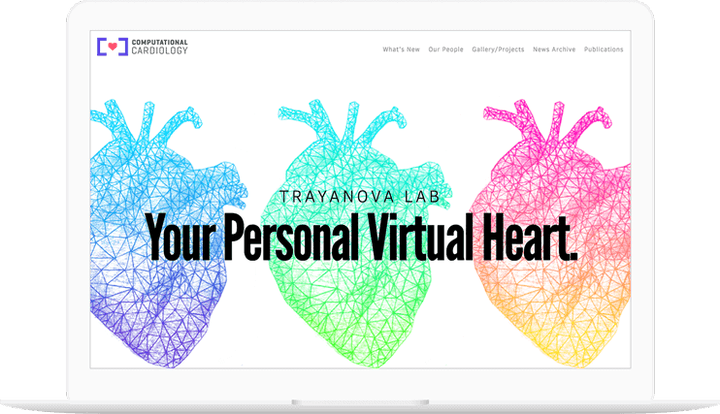
Branding Computational Cardiology.
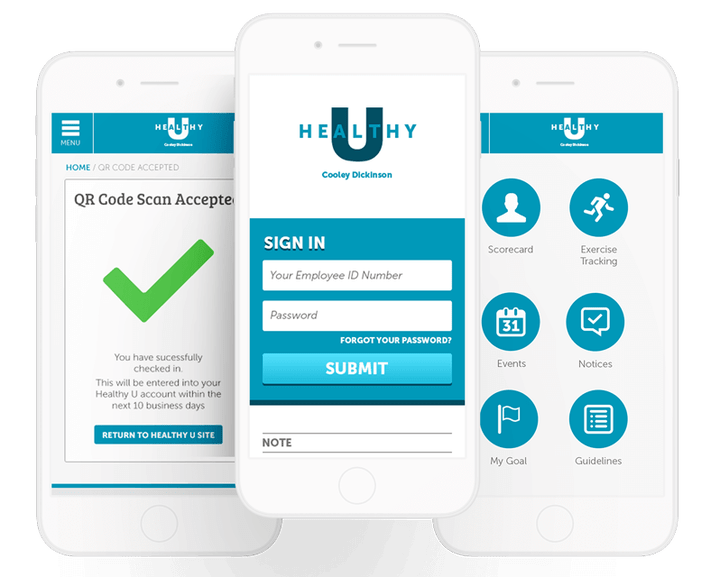
Healthy U Portal app.
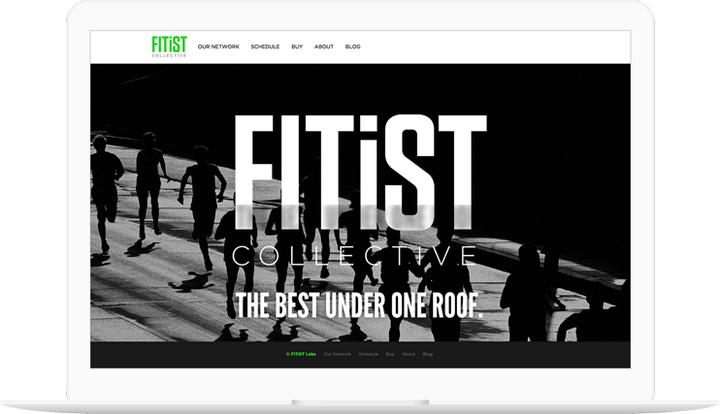
Getting FITiST fit to startup.
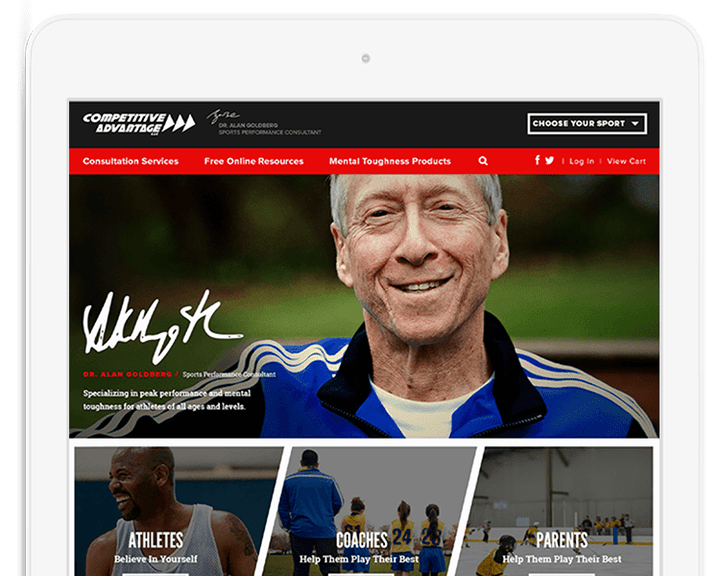
Redesign and upgrade for Dr.G.
Columbia University Medical Center
Helping patients learn more about their options for medical professionals.
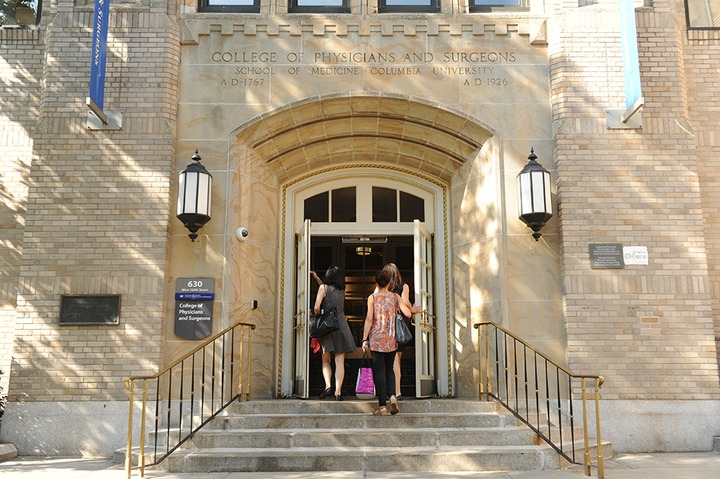
Helping patients learn more about their options for medical professionals.